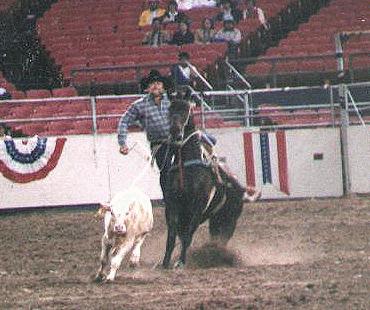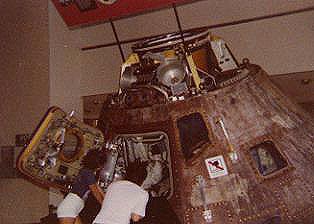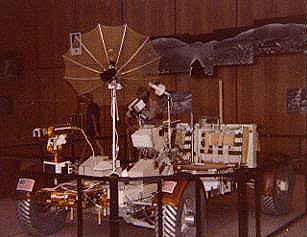English narration

city in southeastern Texas and seat of Harris
County. Houston is an inland seaport at the head
of the Houston Ship Channel, 92 km (57 mi) northwest
of Galveston Bay, an inlet of the Gulf of Mexico.
During the 20th century Houston grew rapidly, becoming
the fourth largest city in the United States and
the largest city in Texas and in the South.
Houston is one the most cosmopolitan cities in United States.
The city lodges peoples from different countries such as Hispanics
(being those from Mexican nationality the majority, since they are
neighbors), Hindues, Arabs, Polish, Checks, Eslovacs, Iranians,
Black Americans and Africans; people of Asian background (China, Taiwan,
Vietnan), and Native Americans.
Economy:
Points of Interest:
The Houston Ship Channel allows
oceangoing vessels to travel within 3.2 km (2 mi) of the
downtown area; the city ranks among the busiest U.S. ports.
Exports include petroleum, petrochemical products, and
sulfur, as well as cattle and local agricultural products
such as rice, cotton, and sorghum grain.
Several major railroad
lines and major highways like IH10, IH45, IH610,US59, US290 serve Houston.
The Houston Intercontinental Airport (George Bush),
in the northern part of the city, was opened in 1969.
The older William P. Hobby Airport, southeast of the city
center, handles domestic flights.
Houston covers a land area of about 1365 sq km (527 sq mi).
It is situated on the flat Gulf Coastal Plain in an area
drained by short, sluggish streams, known locally as bayous.
Rising dramatically above the plain are the skyscrapers of
the central business district, or downtown. This district
occupies the site of Houston's original settlement, just
south of Buffalo Bayou, and is enclosed by a freeway loop (IH610).
Although the city is making attempts to expand its
public bus system, public transportation facilities are
limited, and private automobiles remain the primary means
of transportation. A rail system has been added recently but only serves
downton area and Medical Center.
Sports:
Educational and Cultural Institutions:
History:
Houston was incorporated as a city in 1839 and
until 1900 grew slowly as the transportation center of
southeastern Texas, taking advantage of the confluence of
rail and water routes. Modern industrial growth began
after the discovery of major petroleum deposits in
nearby salt domes in 1901, and the completion of the Houston
Ship Channel in 1914. The construction of refineries and
other petroleum-related industries began during World
War I (1914-1918); further industrial expansion was spurred
by World War II (1939-1945). The absence of strict zoning
laws and a positive attitude toward industrialization by
local leaders have encouraged the city's rapid growth since
World War II; between 1950 and 1970 Houston's population
doubled. NASA established its Manned Spacecraft Center at
Houston in 1963. In the 1980s Houston experienced an economic
recession because of the drop in oil prices. As a result,
city officials worked to diversify the economy.


The Texans (Houston's new football team) play at the new Reliant
Stadium, the world's first retractable roof NFL stadium with a
total seating capacity of 69,500, club seating, private suits, spacious
club lounges, restaurants and other features.
Created on April 18, 2000
Updated on January 12, 2005
This site has been visited
times
|
|
| |
|
| |
|
| |
|
| |
|
| |
|
| |
|
| |